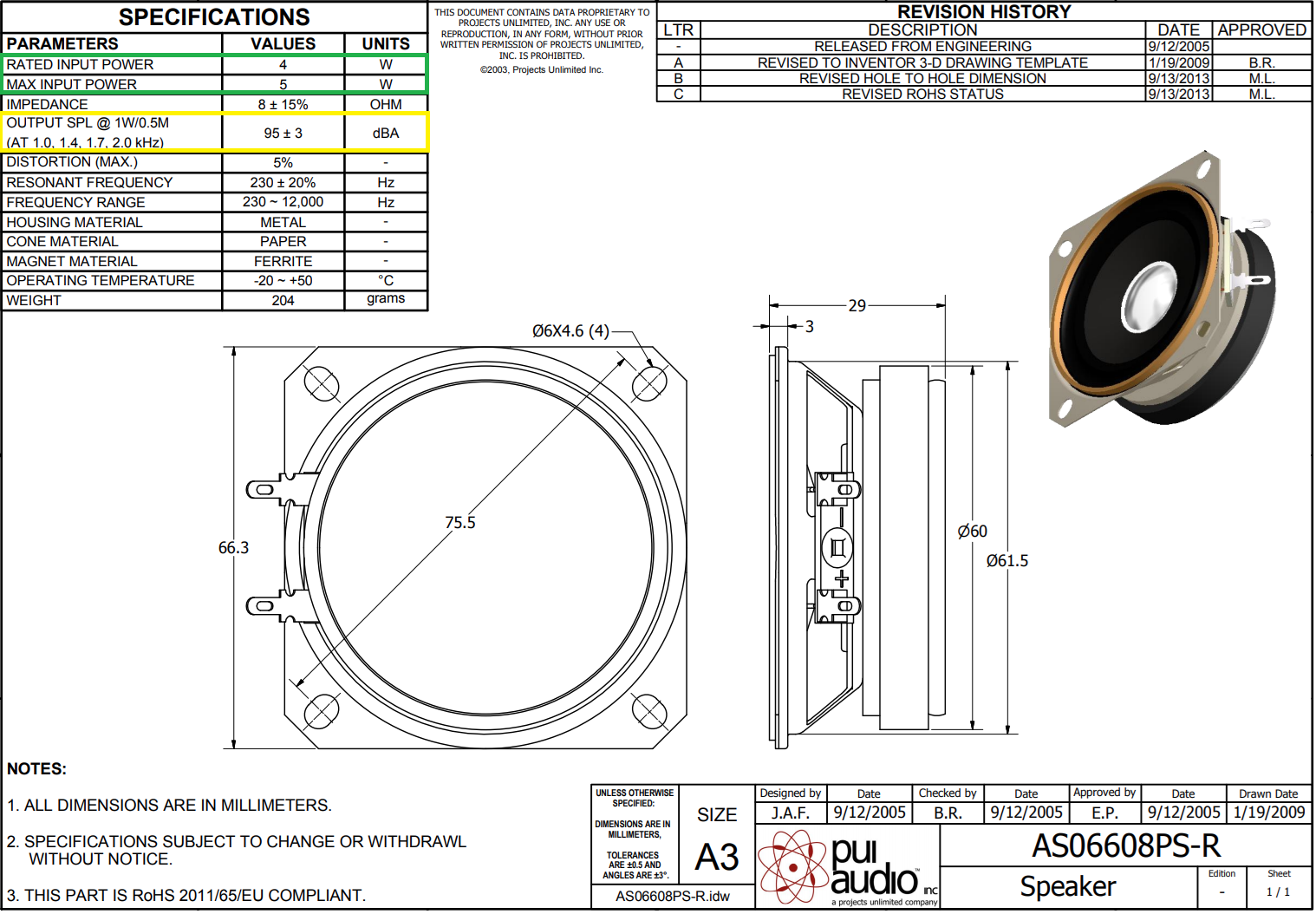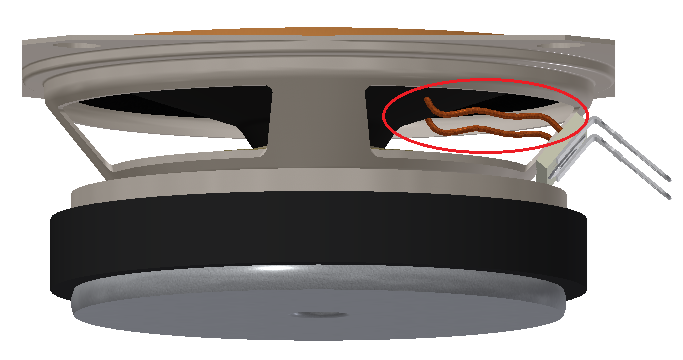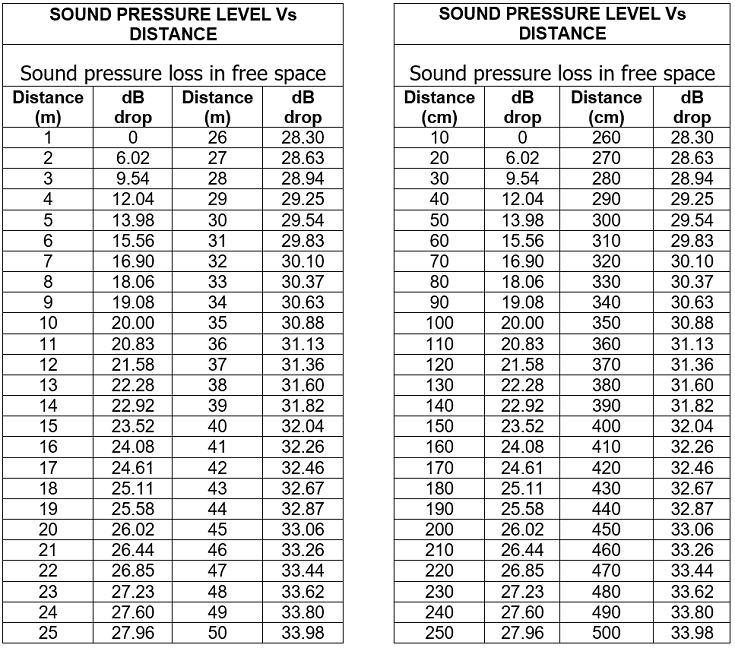Speaker Sensitivity
When designers and engineers consider a speaker to integrate into their product, most focus on the speaker’s power handling as a gauge of how loud a speaker can play and its quality.
More attention needs to be paid to the sensitivity rating of a speaker, which we call out as the SPL rating on our speaker specifications. This SPL rating is listed with a given input at a fixed distance. When both the power handling and SPL rating are considered, one can start to get the true picture of a speaker’s maximum output capability.
Let’s take a look at one of our louder speakers, the AS06608PS-R.

The SPL rating is highlighted in yellow above. This speaker has an average output of 95 dB (when measured at 1, 1.4, 1.7, and 2 kHz) with a given input of 1 watt and measured at a distance of half a meter.
Power handling, highlighted in green above, is listed at 4 watts continuous and 5 watts maximum. Maximum power handling is the amount of power the speaker can take for brief moments.
With the sensitivity rating and the power handling for this speaker now known, we can move to the table below to see what effect increasing power will have on it.
The Effect of Power on SPL
You have to double the input power to produce a 3 dB increase in sound output (assuming the speaker is not reaching its limits). Therefore we can produce a table for how loud the speaker will play with a specific starting power:
| Power in Watts | Volume in dB |
| 1 | 95 |
| 2 | 98 |
| 4 | 101 |
| 8 | 104 |
| 16 | 107 |
| 32 | 110 |
| 64 | 113 |
| 128 | 116 |
| 256 | 119 |
| 512 | 122 |
For each doubling of input power to the speaker, there will be a 3 dB increase in output. Take note of the power handling limit highlighted in yellow. What this illustrates is that additional power only adds a small amount of additional sound pressure over the initial SPL measured with 1 watt of input power. With most speakers, 80% to 90% of their maximum output is generated in that first watt.
Many customers exceed the speaker’s power rating to squeeze just a little more output from a speaker. While this might not immediately damage the speaker, it does place additional stress on the tinsel leads (circled in red below) that connect the electrical terminals to the speaker’s voice coil. If stressed for too long, these will break, and the speaker will fail to operate.
Sending a clipped signal can also damage the tinsel leads, as well as overheat the voice coil. This is mostly due to the speaker being forced to its inner and outermost positions for too long.

The Effect of Distance on SPL
Another consideration to take into account is distance. A speaker with the sensitivity rating of 95 dB @ 1W/50cm, has the same SPL as a speaker rated at 89 dB @ 1W/1m and the same as a speaker rated at 109 dB @ 1W/10 cm.
This is due to a ~6 dB increase with each halving of the measurement distance, and a 20 dB increase when decreasing the distance to 1/10 of the original, giving us the tables below.
Keep in mind that this works in reverse as well. A speaker rated at 95 dB at 10 cm will measure 75 dB at 1 meter and a speaker with a rating of 100 dB at 1 meter will measure 106 dB at 50 cm or 84.44 dB at 6 meters.
Now that we have done the math, let us look at where this leaves us.
If you need a measured sound pressure level of 80 dB at 3 meters, and you have 4 watts available from your amplifier, the needed sensitivity at 1 watt and measured at 1 meter would be 83.54 dB and the speaker would need to have a rated input power of 4 watts.
Here is how we arrived at that number:
• Add 9.54 to 80 to arrive at what SPL the speaker will need to achieve at 1 meter.
• Subtract 6 dB for the amount of gain from the power increase from 1 watt to 4 watts.



